Cells: The Bricks of Life
Understanding your body becomes easier when you think of cells like bricks in a building. Find out how this simple comparison explains complex biology.
THE TRANSLATOR'S DESK
Introduction
For my first post, I was tempted to dive straight into what happens when your body is under attack through inflammation, infection, and other immune responses. But as someone who respects the science of medicine, I know it's important to understand how things work normally before exploring what happens when they go wrong. Since I'll be discussing cells frequently in future posts, let's start with the basics.
The cells as bricks
Imagine your body is a house made of bricks. Just as a house needs good bricks to withstand the elements, your body also needs good cells for it to be strong.
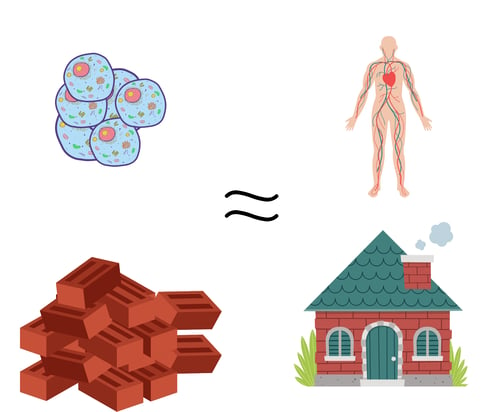

Specialization = design purpose
In the house, there are various types of bricks used for different purposes, including walls, chimneys, and floors. Similarly, cells specialize to form skin, muscles, brain, blood, etc. This process is called cell differentiation- cells get their job descriptions and form tissue (a group of cells that work together to perform a specific function) like muscle tissue and nerve tissue.
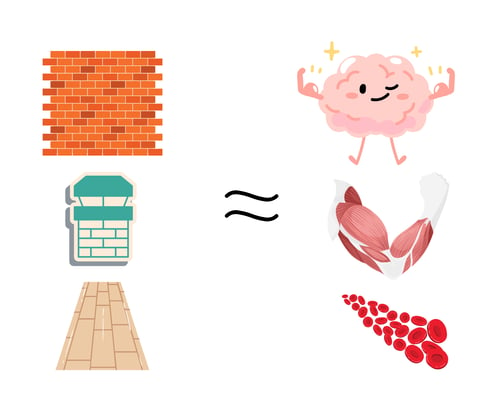

DNA = Blueprints
Just as builders cannot construct a house without blueprints to guide the placement of every faucet, wire, and fixture, cells carry a blueprint (DNA), instructing them what to do and when to do it, like when to grow, rest, or even die.
If the blueprint is followed well, the house (your body) is rock solid.

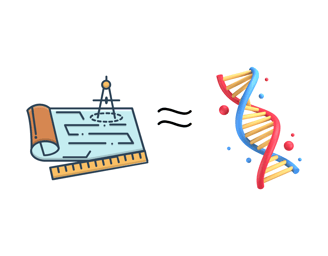
Normal Cell Death = Planned Renovation
Sometimes, old or damaged bricks need to be replaced. Your body has a cleanup system called apoptosis or programmed cell death in which cells self-destruct when they have outlived their usefulness or become damaged. It's like a planned renovation. Removing worn-out bricks so new ones can be added properly. Without renovations, your house would go to ruin.


Mutations = Damaged Blueprints
Sometimes this genetic blueprint becomes damaged or altered through a process called mutation. These changes can occur randomly or result from exposure to chemicals, radiation, viruses, or other environmental factors. While some DNA mutations prove beneficial by enhancing survival, others remain harmless with no noticeable effects, and some can be life-threatening.
If the change makes a cell grow when it shouldn’t, or not die when it should, that’s like a rogue brick multiplying and building a weird chimney where it doesn’t belong.
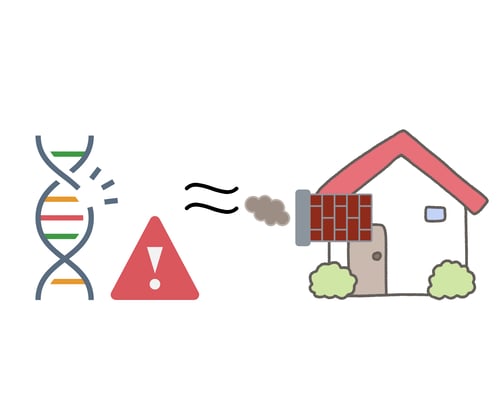

Cancer = Bricks Building a Dangerous Room
I know cancer is a huge topic, but I thought since we are talking cells... might as well. When bad bricks ignore the rules, they pile up uncontrollably, build a room that shouldn’t exist, or destroy others. That’s what cancer is: cells that don’t follow the blueprint anymore, don’t stop growing, and don’t die when they’re supposed to
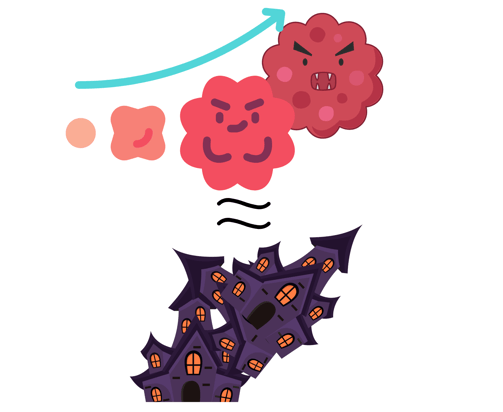

Why this matters
Understanding how cells normally function and how things can go wrong is the foundation for understanding inflammation, your body’s alarm system, when these cellular “bricks” are under attack.
In my next post, we’ll explore how your body responds when threats try to damage these building blocks of life.
